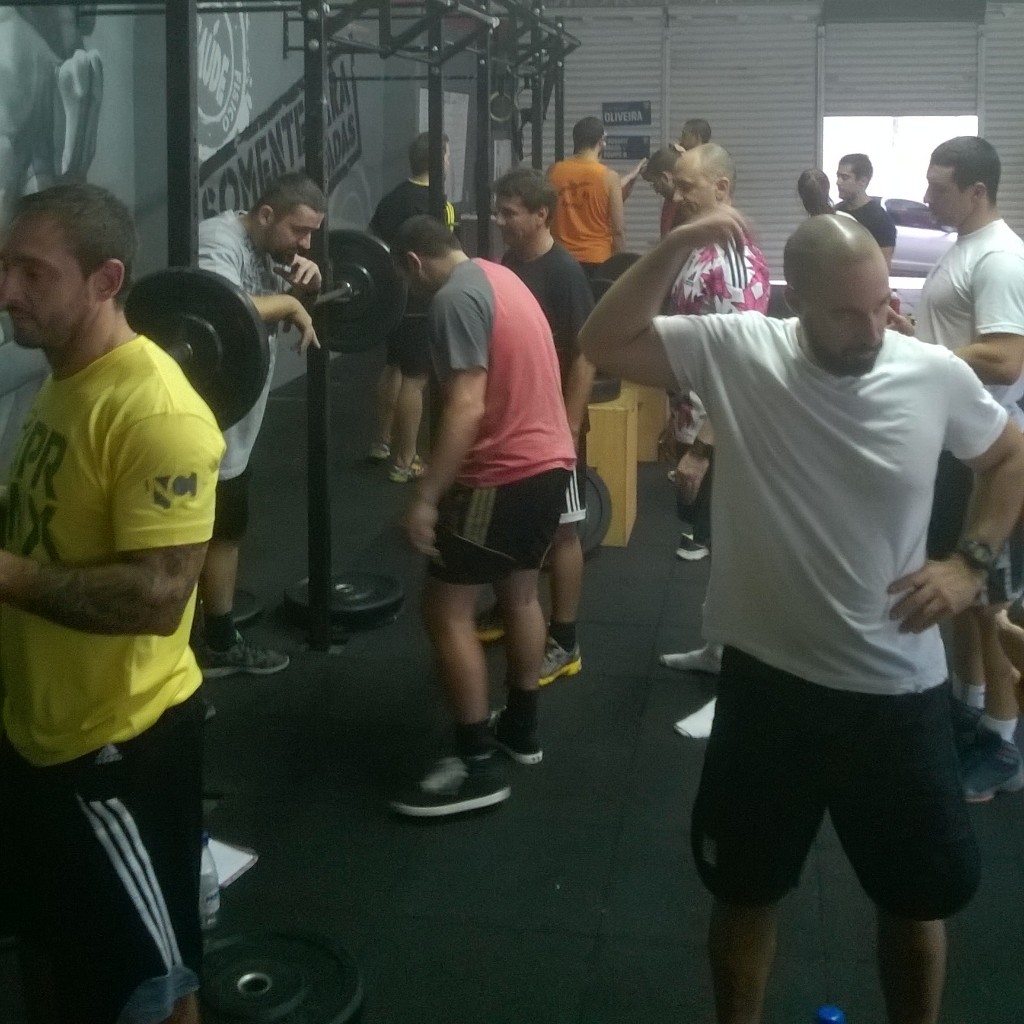(Spreading the Iron Gospel – part 1)
The short answer is “everybody”.
That reminds me of the movie “Contact”, where astronomy researcher Eleanor Arroway picks up the signal of an extra-terrestrial civilization trying to make contact. “Who do we call?”, her co-workers ask. “Everybody”.
Everyone who believes in something very strongly feels that way. We consider powerlifting as a tool for recovering lost movement patterns and providing integration and health. We must tell everyone, we must teach this wonderful thing to all and the world will be a more integrated place.
You must begin somewhere, though. The world is a pretty big place (again, a reference to “Contact”).
We begin by spreading the word through coaches and potential coaches. Potential coaches are, in Brazil, people who majored in physical education. Brazilian Higher Education system is different from the American system: students are admitted to professional schools inside the University. Therefore, they need to choose their profession before they enter the system, at a very young age, usually 17 years old. Those who choose Physical Education or Sports (and there is only one undergraduate school of sports, the one at the University of Sao Paulo) will spend four years going through a number of mandatory classes on several subjects that were chosen by a federal organism that rules over that content.
Even the three or four schools considered to be the best in the country offer little background in strength training, biomechanics, exercise physiology and conditioning. They leave school not having ever a decent introduction to the barbell lifts in general, let alone other free weights training such as kettlebell training, bodyweight training or much more “complicated” things like plyometrics.
They are thrown into a market where there are basically two options: K-12 (or its counterpart here) physical education or gyms. The few who graduated from the (then) experimental schools of sports ended up as the physical educators they did not choose to be, since there was and there is no market for sports coaches.
At the gym, those who are interested in strength and conditioning fall into the weight room, where they find themselves pigeon-holed into pre-formatted protocols and a customer service guideline that makes them into entertainers, instead of teachers or coaches.
There, at the corner of the weight room, are the free weights, with barbells and plates. Many gyms follow the horrific “Planet Fitness” model: wipe out the squat racks and forbid deadlifts.
Some of these young and frustrated professionals seek alternative roads. These are our students. About 25% of them are either already level 1 Crossfit coaches, happy in an environment that allows them a lot of experimentation, and eager to learn more about the lifts. Others are bravely trying their chance with small, alternative, free-weight oriented gyms. The majority, though, are still stuck in the traditional gyms and looking for a way out, or, even braver, a way to change the system.
MAD Powerlifting is one of the continuing education programs available to the hundreds of physical educators thrown into the market every year by the higher education system. The Arte da Força (Art of Strength) is another organized program based on kettlebell training and movement evaluation methods. Other individual coaches offer continued education based on Olympic lifting, such as Everson Carlos Silva and Dragos Stanica. Finally, very few actually integrate everything into a sports science framework and methodology, such as Riccardo Rambo.
We base our mission on the shared conclusion that there is no educational system to produce actual coaches here.
We do our part: we offer knowledge about the foundations of strength and barbell training, based on the three lifts and also other barbell lifts. The three basic levels end with a fourth, theoretical course about periodization.
Recently, we added a grip training course and a weekend long strongman course to our program.
This is the core of our actions.
We frequently get invited to offer a conference or a full weekend course in some graduate program in universities. Honestly, that is not where we believe we make a difference.
At other times we are invited to have direct contact with gym members interested in strength training. Treating them as potential athletes is the best approach and we actually discovered a few athletes this way.
Less frequently, we offer clinics to athletes. The approach is different. While teaching coaches, our concern is providing them with coaching tools to help people achieve a higher level of body integration. Teaching athletes is about technique, training principles (with a huge emphasis in periodization) and attitude.
MAD Powerlifting has now turned two years old. It is still a baby project. But one we truly believe may offer alternatives to different audiences, not only in Brazil but in other parts of the world.

